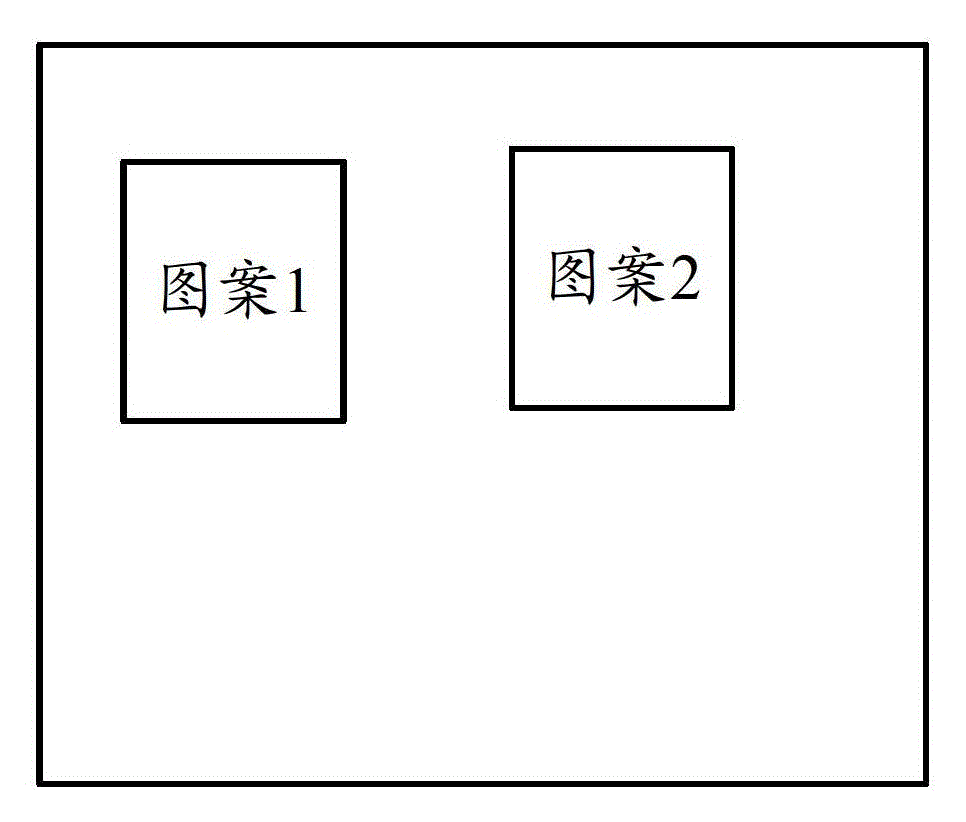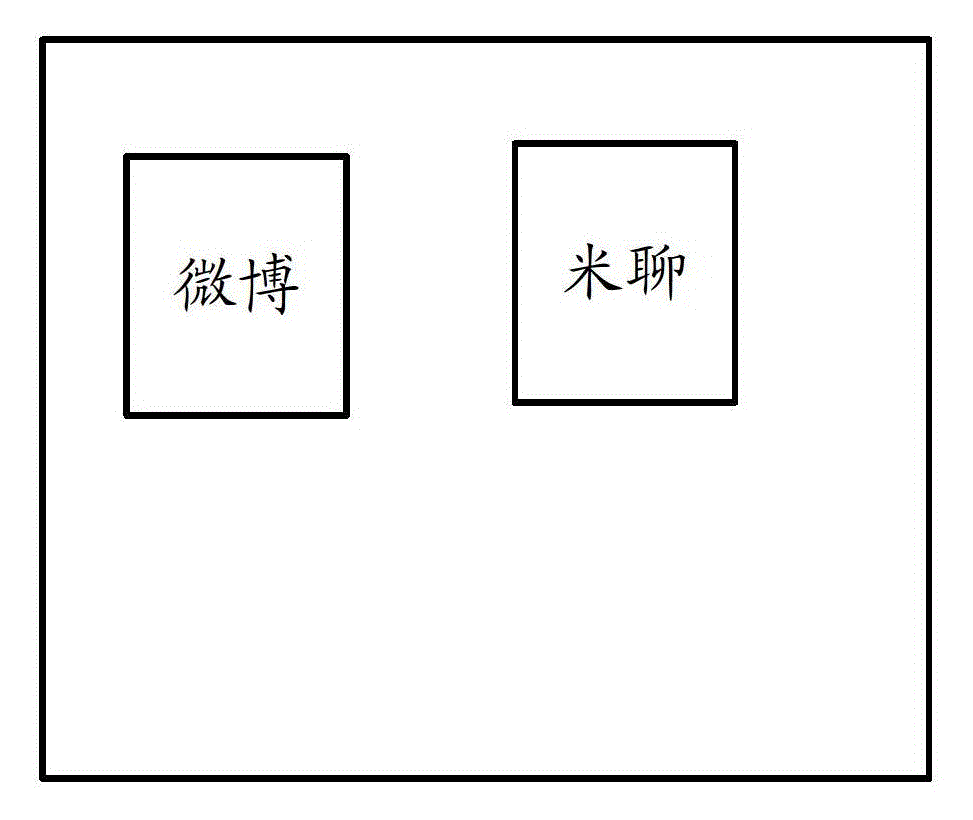A method and device for displaying custom desktop icons
A display method and self-defining technology are applied in the field of display methods and devices for customizing desktop icons, which can solve the problems of poor user experience and single display methods of traditional desktop icons, and achieve the effect of enriching display methods and improving user experience.
- Summary
- Abstract
- Description
- Claims
- Application Information
AI Technical Summary
Problems solved by technology
Method used
Image
Examples
Embodiment 1
[0055] If the user wants to delete the "Weibo" icon from the customized desktop of the terminal, in this case, the user can remove the pattern 1 from the real area (such as Figure 3A shown), if the user has not exited the custom desktop mode, then execute steps S101-S103, if the user has exited the custom desktop mode, first send a startup command to the terminal to start the custom desktop mode, so that the terminal receives the command Finally, enter the custom desktop mode, and then perform steps S101-S103. After the execution is completed, the user can only see the undeleted "Mi Chat" icon (such as Figure 3B As shown), it can be seen that deleting icons from the custom desktop does not need to rely on the touch screen technology of the terminal.
[0056] Further, as an optional implementation manner, after the terminal acquires the image in the real area, it will compare the currently acquired image with the last acquired image, and will recognize that there is no patter...
Embodiment 2
[0061] If the user wants to exchange the positions of the "Weibo" icon and the "Michat" icon on the custom desktop of the terminal, in this case, the user can exchange the positions of pattern 1 and pattern 2 in the real area (such as Figure 4A shown), then if the user has not exited the custom desktop mode, then execute steps S101-S103, if the user has exited the custom desktop mode, first send a start instruction to the terminal to start the custom desktop mode, so that the terminal receives the After the command, restart to enter the custom desktop mode, and continue to execute steps S101-S103. After the execution is completed, the user can see the "Weibo" icon and "Michat" after the position swap on the custom desktop of the terminal. icon (such as Figure 4B shown).
Embodiment 3
[0063] If the user has downloaded some new applications on the terminal, such as a clock application, and wants to add a pattern 3 in the real area to correspond to the "clock" application, set the icon corresponding to the pattern 3 as the "clock" icon. In this case, the user can place pattern 3 in the real area (such as Figure 5A shown), then if the user has not exited the custom desktop mode, then execute steps S101-S103, if the user has exited the custom desktop mode, first send a start instruction to the terminal to start the custom desktop mode, so that the terminal receives the After the instruction, restart to enter the custom desktop mode, and continue to execute steps S101-S103. After the execution is completed, the user can see the newly added "clock" icon on the custom desktop of the terminal (such as Figure 5B shown).
[0064] In the above embodiments, the user can still manage the icons on the free desktop through touch gestures. For example, the user can cli...
PUM
 Login to View More
Login to View More Abstract
Description
Claims
Application Information
 Login to View More
Login to View More - R&D
- Intellectual Property
- Life Sciences
- Materials
- Tech Scout
- Unparalleled Data Quality
- Higher Quality Content
- 60% Fewer Hallucinations
Browse by: Latest US Patents, China's latest patents, Technical Efficacy Thesaurus, Application Domain, Technology Topic, Popular Technical Reports.
© 2025 PatSnap. All rights reserved.Legal|Privacy policy|Modern Slavery Act Transparency Statement|Sitemap|About US| Contact US: help@patsnap.com



